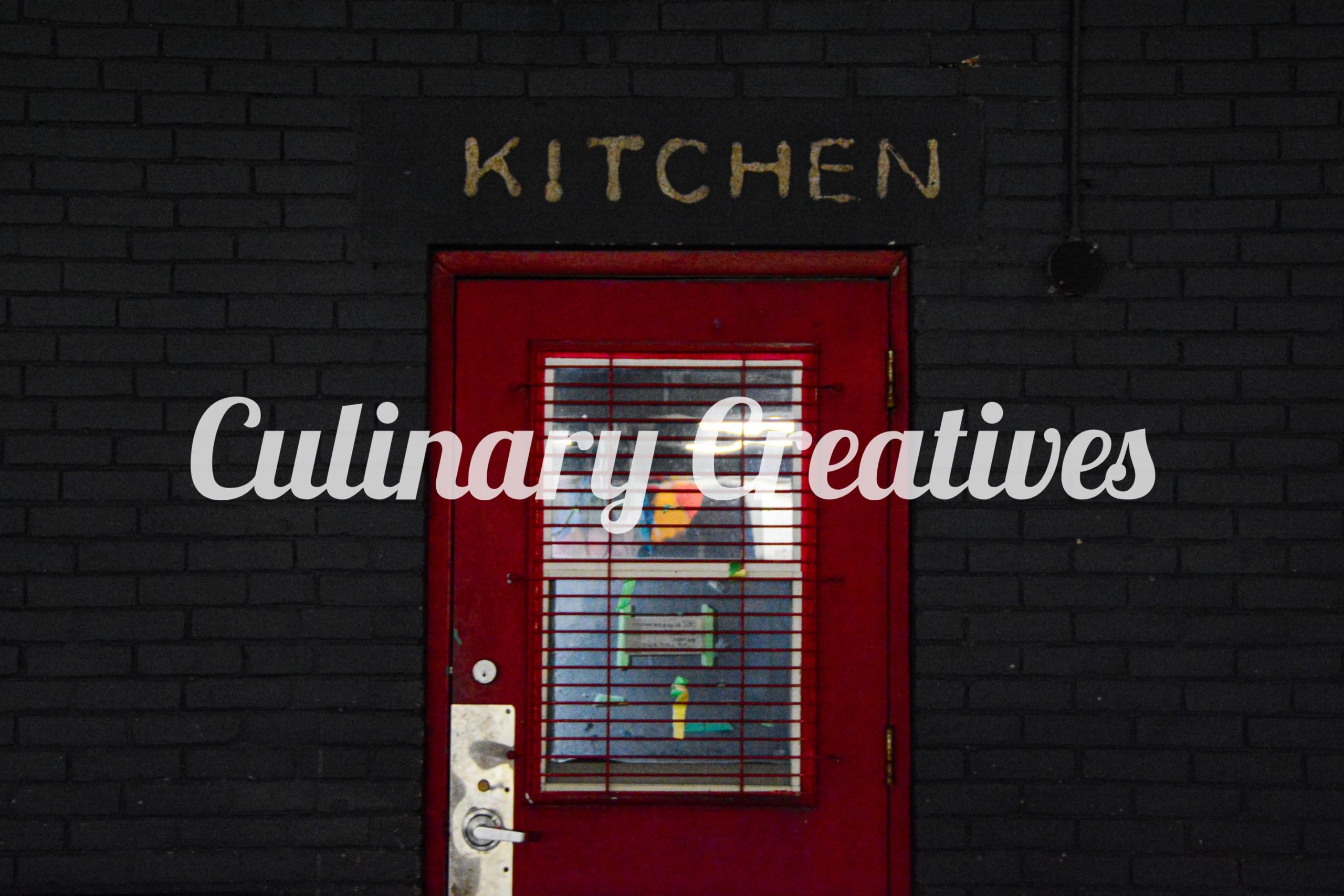Minimalism in food is an answer to the chef’s desire to bring out an ingredient’s full potential.
How can I utilize and feature one ingredient in as many different ways, with as little amount of culinary techniques as possible in order to highlight what it is that I’d like to convey? That’s what I’m asking from the moment I create a dish. It’s an ever pervading concept that rules the cooking experience all the way to the eating experience. So yes, the details in the aesthetic value in plating as clean as possible isn’t just for the looks, there’s a hidden force behind it.

To the person having the dining experience, the plate in front of them is unassuming. Minimalism utilizes those qualities to its advantage. Take for example the squash latkes we do here at SARA. At face value it’s fish roe and cream cheese stacked on top of a vegetable pancake. But when you bite into it, that’s where the journey happens.
When creating a dish, I take into consideration the smell, appearance, temperature, texture, flavour balance. In short the mouth experience. My thought put into the process of creating generally goes something like this: what can I convey to the individual that is about to experience the dish, given the skills that I have learned through training and the ingredients that I have in front of me?
So coming back to the squash latkes, when you bite into it, the subtlety of its appearance suddenly becomes muted and the experiences that the chef intended to convey becomes the maestro. You have the initial crunch of the squash latke, followed by a crescendo in the pop of the salmon roe which immediately oozes out a rich flow of umami, then the gentle sweetness of the kombu maple mixes into the melody to offset the fishiness of the roe, and the chive cream brings all of the pieces together.
And that is the power of minimalism in food creation. Like lightning that strikes when there is no cloud to be seen.
What you see in a dish is a journey of trial and error, multiple renditions of a concept that requires a team to give input — each member’s two cents helping the dish evolve a little more. To me, I really can’t just see food as “food,” there are far too many moving elements to the creation of a dish, from farm to kitchen to table.



